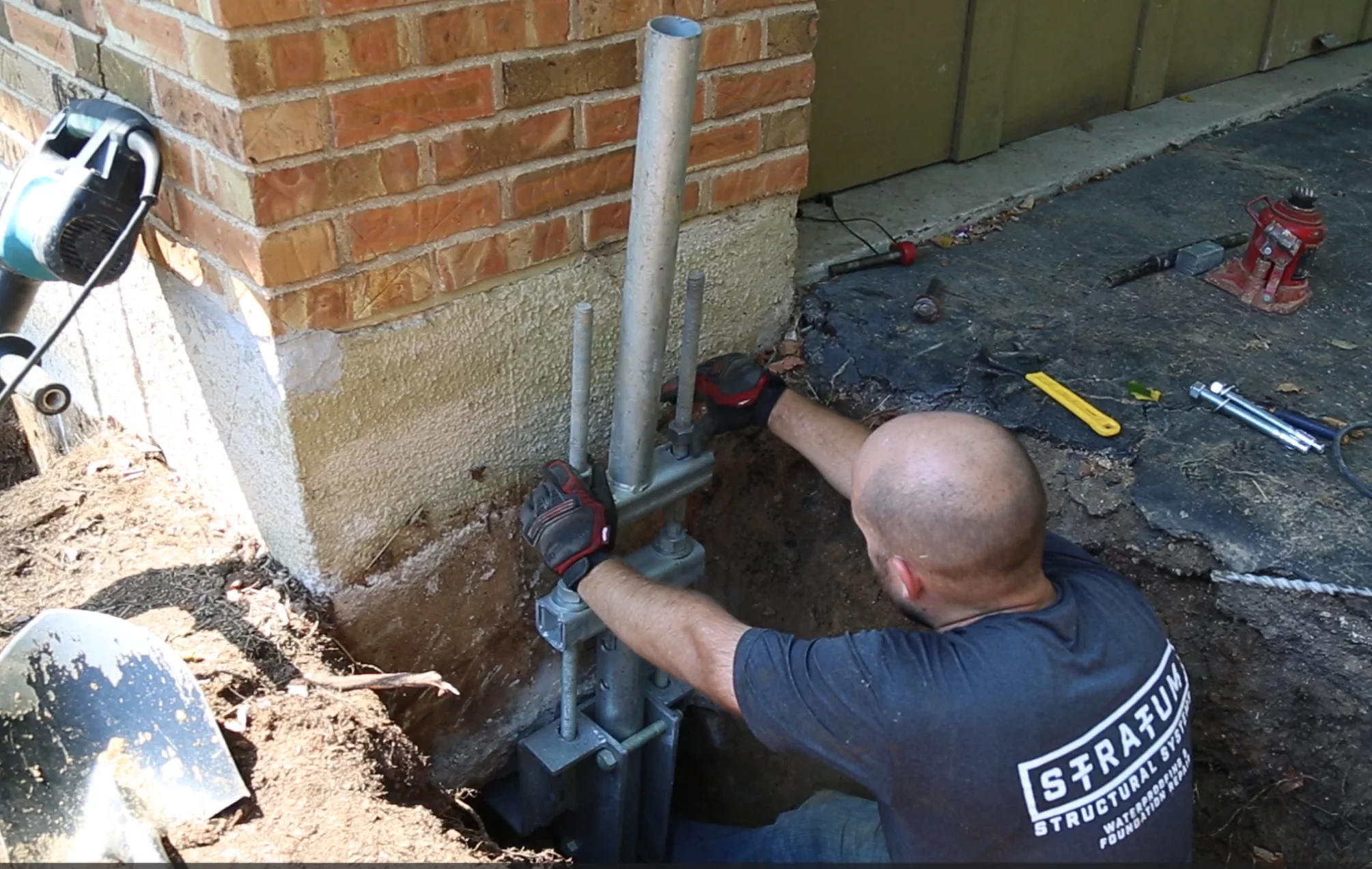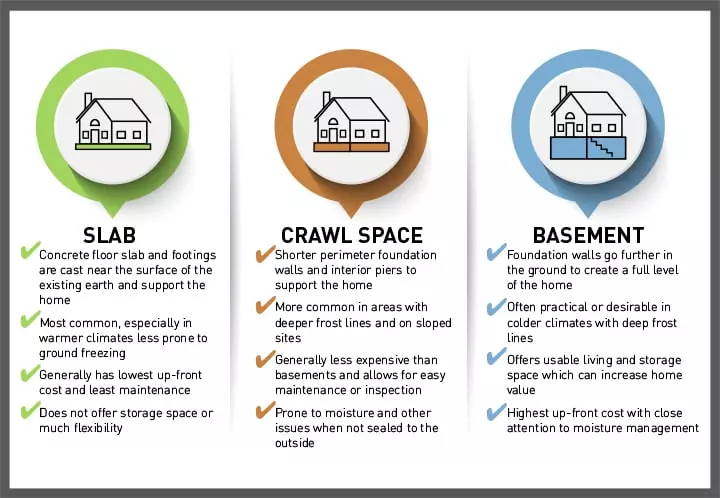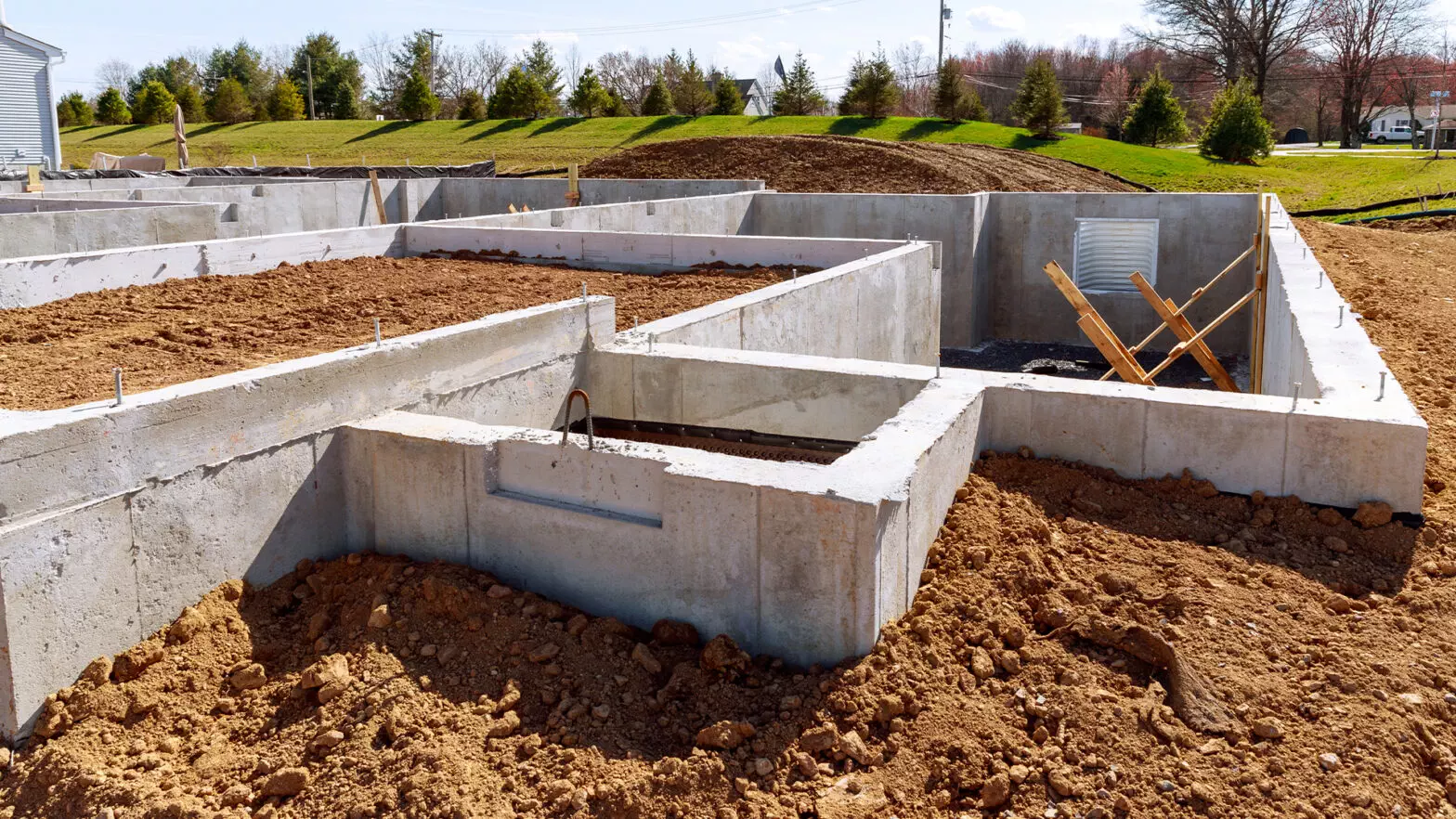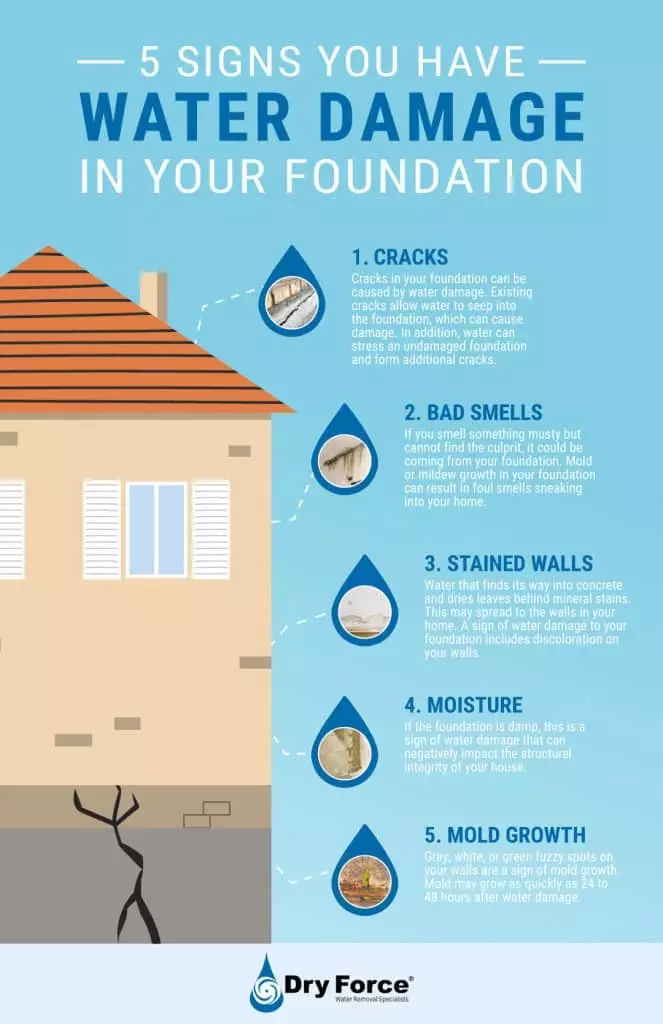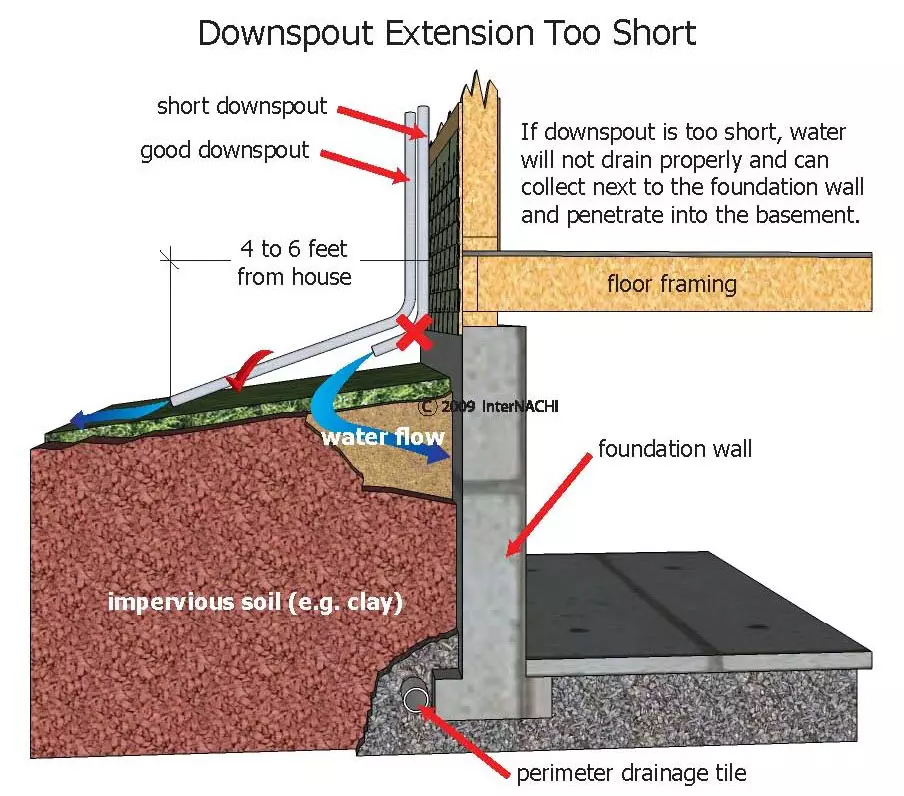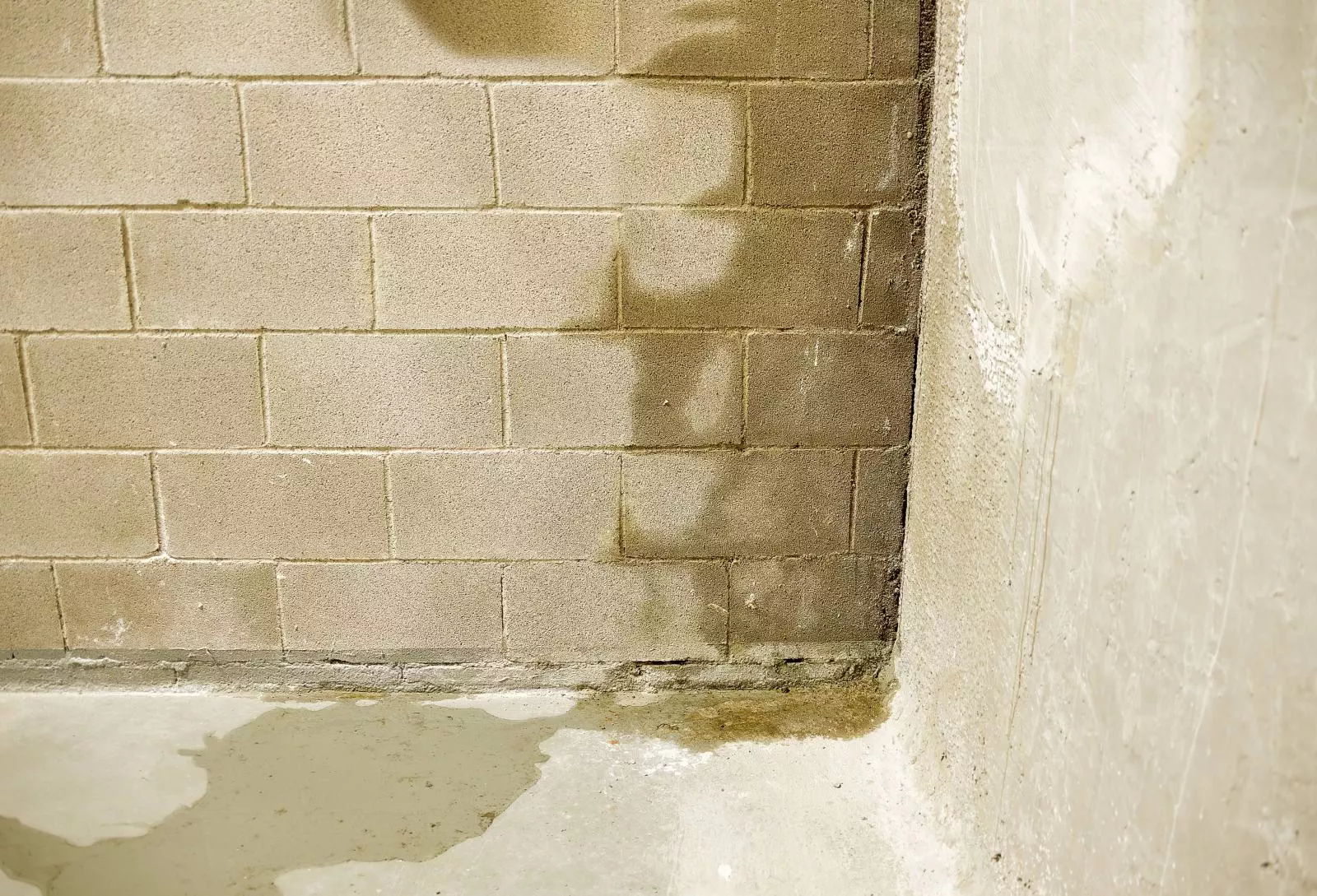
5 Foundation Stabilization Hacks for Homeowners
Imagine waking up and spotting a crack in your living room wall. You might feel a mix of worry and confusion. Foundation stabilization is crucial for every homeowner. It prevents such problems and keeps your home safe and sound. Without a stable foundation, your home can face issues like cracks, uneven floors, or even doors that won’t close properly.
Foundation woes often start with something as simple as shifting soil. Soil stabilization can help, but there are other ways to tackle common problems. You might need foundation repair, basement waterproofing, or concrete leveling. Each of these solutions can enhance your home’s structural integrity and protect against foundation settlement. With a little knowledge, you can prevent these issues before they become costly headaches.
Curious about keeping your home strong and stable? Dive into these five practical hacks for maintaining a solid foundation. Discover what you can do today to protect your investment and enjoy peace of mind.
Within the post
Foundation Stabilization Basics
Getting to grips with the basics of foundation stabilization is crucial in ensuring your home remains safe and secure. It might sound complicated, but don’t worry. With the right information, you can understand the core principles and make informed decisions for your home.
Importance of Soil Stabilization
Soil stabilization is an essential part of maintaining your home’s foundation. It helps prevent several common foundation issues that could lead to costly repairs if left unchecked. When you stabilize the soil beneath your home, you enhance its structural integrity and protect it from potential settlement or movement.
Choosing the right soil stabilization methods depends on the type of soil you have around your home. For some, adding lime or cement may do the trick, while others might require more advanced techniques. By understanding your soil, you can choose an appropriate method to keep your home standing strong.
Understanding Foundation Settlement
Foundation settlement is something you need to be aware of as a homeowner. It happens when the soil beneath your foundation starts to shift or sink, causing your home to settle unevenly. This can lead to serious structural issues if not addressed promptly.
Detecting early signs of foundation settlement is key to preventing more significant problems down the line. Look out for things like cracks in your walls or floors, or doors and windows that stick. These could be early warning signs that your foundation is settling, and taking action early can save you a lot of trouble.
Concrete Leveling Techniques
Concrete leveling is an essential technique to ensure all concrete surfaces in and around your home remain level. Uneven surfaces can be hazardous and may lead to foundation issues over time. By using proven techniques, you can maintain the durability and safety of your concrete areas.
Some methods of concrete leveling include mudjacking and polyurethane foam injection. Each technique has its benefits, and choosing the right one depends on the specific needs of your home. By keeping your concrete surfaces level, you help protect your foundation and enhance the overall stability of your property.
Foundation Repair Methods
Exploring Piering Options
Piering is a foundation repair method that supports your home’s foundation effectively. It involves installing piers deep into the ground beneath your foundation to lift and stabilize it. This method is particularly useful when dealing with significant foundation settlement issues.
There are different types of piers to consider, including helical piers and push piers. Each type has its advantages, and consulting with a professional can help you decide which option is best for your home. By exploring piering options, you can ensure your foundation remains stable and secure.
Common Foundation Repair Tactics
Learning about various foundation repair techniques is important if you want to be prepared for potential issues. Some common tactics include crack repair, slab jacking, and underpinning. Each method addresses different types of foundation problems, so understanding them can help you decide which approach might work best for your situation.
Crack repair is often used for minor cracks, while slab jacking can lift and stabilize sunken concrete slabs. Underpinning involves strengthening the foundation by adding additional support underneath. By knowing these tactics, you can take appropriate steps to maintain the health of your foundation.
Basement Waterproofing Essentials
Preventing Water Damage
Protecting your basement from water damage is something every homeowner should prioritize. Water can sneak in through cracks, gaps, and unsealed areas, causing significant damage over time. By preventing water from getting into your basement, you can maintain a dry and healthy home environment.
Some strategies to prevent water damage include sealing cracks, installing a sump pump, and ensuring proper drainage around your home. These steps can help you keep your basement dry and protect your foundation from water-related issues.
Role of Foundation Inspection
Regular foundation inspections are crucial for ensuring early detection of potential issues. By inspecting your foundation, you can spot early warning signs of foundation problems and address them before they become major concerns.
During an inspection, look for things like cracks, uneven floors, and water damage. If you notice any of these signs, consider reaching out to a professional for further evaluation. Regular inspections help maintain the health of your foundation and prevent costly repairs in the future.
Effective Waterproofing Strategies
Implementing effective waterproofing strategies is essential to protect your home from moisture. By keeping water out, you can prevent mold growth, structural damage, and other moisture-related issues.
Choosing the right materials for waterproofing is crucial. Opt for high-quality materials that provide long-lasting protection. Additionally, make sure to seal any cracks or gaps in your foundation to keep moisture out. These strategies can help you maintain a dry and secure home environment.
Maintaining Structural Integrity
Ensuring your home remains safe and sturdy involves maintaining its structural integrity. Regular checks and maintenance are vital to keeping your home’s structure in good condition and extending its lifespan.
Look for signs of wear and tear, such as cracks or sagging areas, and address them promptly. By performing regular checks, you can identify potential issues early and take action to maintain your home’s structural integrity.
Seismic Retrofitting for Safety
Seismic Activity Precautions
Preparing your home for seismic events is an important step in reducing risks and ensuring the safety of your family. Seismic retrofitting involves making modifications to your home to better withstand earthquakes.
To reduce risks, invest in professional retrofitting services. These services can help you identify weak points in your home’s structure and make necessary improvements. Additionally, understanding regional seismic risks can help you take appropriate precautions and ensure your home’s safety during quakes.
- Invest in professional retrofitting services.
- Understand regional seismic risks.
Account for your home’s structural needs and make adjustments as necessary. By taking these precautions, you can help keep your family safe and secure during seismic events.
Long-term Seismic Strategies
Planning for ongoing safety improvements is key to ensuring your home remains secure in the long run. By implementing long-term seismic strategies, you can continue to improve your home’s ability to withstand seismic activity.
Consider upgrading your home’s structural components and reinforcing its foundation as part of your long-term plans. These improvements can help provide peace of mind and protect your home from future seismic events.
DIY Foundation Inspection Tips
Regularly inspecting your foundation is something every homeowner can do. By conducting DIY foundation inspections, you can catch potential issues early and take action before they become major problems.
Signs of Foundation Issues
When inspecting your foundation, look for cracks and gaps. These are common signs of foundation issues and should not be ignored. Additionally, notice if any visible sinking has occurred. These signs could indicate your foundation is in need of repair.
Self-check Techniques
You can use simple methods for quick checks of your foundation. Look out for common warning signs like doors or windows that stick, or uneven floors. By staying vigilant, you can act promptly to repair damages and prevent further issues.
In addition to visual inspections, consider using a level to check the evenness of your floors. If you notice any irregularities, take action to address them right away. These self-check techniques can help you maintain the integrity of your foundation.
When to Call Professionals
Recognizing when professional help is needed is just as important as performing your own inspections. If you notice significant issues like large cracks or major settling, seek expert advice for further evaluation.
Foundation repair professionals have the tools and expertise needed to assess your foundation’s condition and recommend the best course of action. By calling in the professionals, you can ensure any foundation issues are addressed effectively and efficiently.
Integrating Concrete Leveling
Understanding the importance of concrete leveling is crucial in maintaining a safe and stable home environment. By ensuring surfaces are even, you reduce the risk of tripping hazards and potential damage to your foundation.
Regularly check your concrete surfaces for unevenness and address any issues promptly. Concrete leveling techniques can help maintain the safety and stability of your home. Remember, taking action early can prevent more significant problems down the line.
Technology in Foundation Stabilization
Exploring new stabilization technologies is essential for staying informed and making the best decisions for your home. With advances in technology, you have access to innovative solutions that can enhance your foundation’s stability.
Advanced Techniques Overview
Learning about innovative solutions available can help you make informed decisions about foundation stabilization. Some advanced techniques include using high-tech materials and implementing cutting-edge technology to reinforce your home’s structure.
Staying informed on the latest technologies ensures you’re aware of the best options for your specific needs. Evaluate the available options and consider consulting with experts to find the right solutions for your home.
Creating a Safe Home Environment
Ensuring your home remains stable and secure is an ongoing process that requires attention and effort. By taking proactive steps, you can create a safe environment for your family and protect your investment.
Implementing Lasting Solutions
Focus on durable and effective methods for foundation stabilization. Investing in quality materials and workmanship can provide peace of mind and help maintain your home’s stability for years to come.
Plan for future maintenance and inspections to ensure your foundation remains in good condition. By implementing lasting solutions, you can enjoy a safe and secure home environment.
Long-term Home Stability
Ensuring lasting stability and safety involves adopting preventive measures consistently. Stay proactive with regular maintenance and inspections to catch potential issues early and address them promptly.
By taking these steps, you can ensure your home remains in top condition and provide a safe environment for your family. Remember, staying proactive is key to maintaining long-term home stability.
Strengthening Your Home’s Foundation
By applying these foundation tips, you solidly protect your home. The benefits are immense: costly repairs are less likely, your home’s value increases, and you enjoy peace of mind. Plus, with improved structural integrity, your living space becomes safer for you and your family.
Start by conducting a foundation inspection. If you find any signs of trouble, consult a professional immediately. You should also consider soil stabilization and basement waterproofing to enhance your home’s stability. These proactive steps keep your foundation strong and resilient.
Take charge of your home’s future today. Act on these strategies to prevent minor issues from becoming major headaches. Your proactive approach will ensure your home remains a safe, secure place for years to come.
